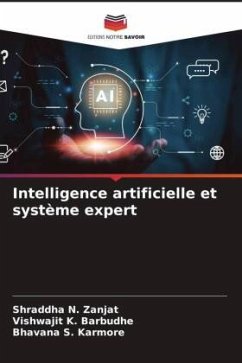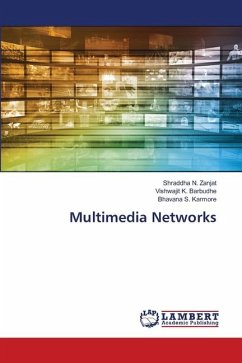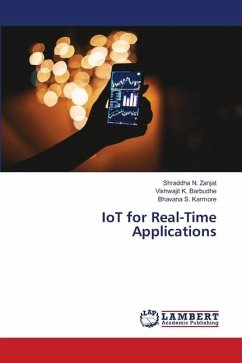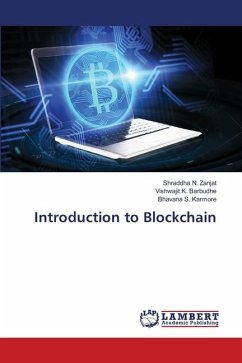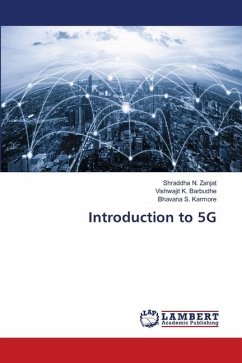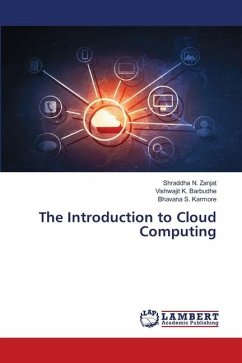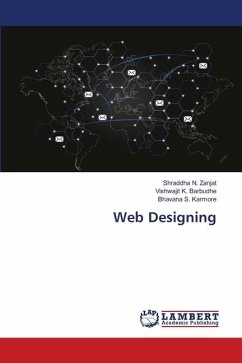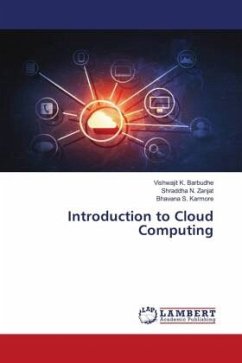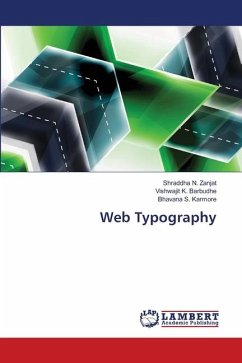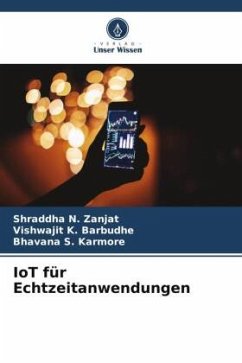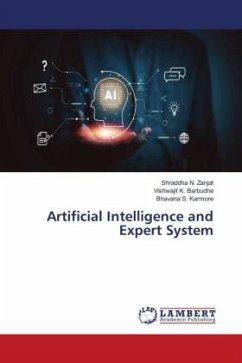
Artificial Intelligence and Expert System
Versandkostenfrei!
Versandfertig in 6-10 Tagen
29,99 €
inkl. MwSt.

PAYBACK Punkte
15 °P sammeln!
The introduction delves into the historical evolution and definition of AI, emphasizing the emulation of human cognitive processes and the trade-off between knowledge search and storage. The abstract view of modelling and elementary knowledge paves the way for the exploration of computational logic, including the analysis of compound statements through simple logic connectives, predicate logic, and knowledge organization and manipulation. Moving on to programming and logics in AI, the curriculum covers LISP and other programming languages, drawing distinctions between LISP and PROLOG. It intro...
The introduction delves into the historical evolution and definition of AI, emphasizing the emulation of human cognitive processes and the trade-off between knowledge search and storage. The abstract view of modelling and elementary knowledge paves the way for the exploration of computational logic, including the analysis of compound statements through simple logic connectives, predicate logic, and knowledge organization and manipulation. Moving on to programming and logics in AI, the curriculum covers LISP and other programming languages, drawing distinctions between LISP and PROLOG. It introduces syntax, numerical functions, and explores the significance of input-output, local variables, interaction, and recursion. The unit also delves into formalized symbolic logics, truth maintenance systems, default reasoning, and the closed-world assumption.





